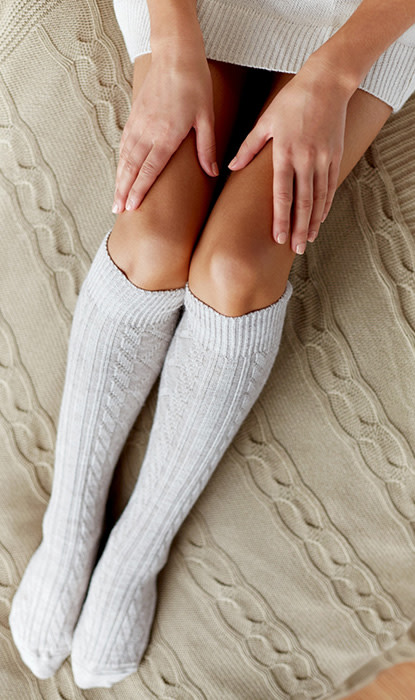
Gillette Venus
Writer and expert • 07 Dec 2022
When it comes to shaving, it’s important to separate fact from fiction. We’ve debunked 14 popular shaving myths to help optimize your shaving experience.
With so much information on shaving out there, sometimes it can be hard to separate fact from fiction. Here are 14 of the most common shaving myths, debunked.
Shaving causes hair to grow back thicker, faster and darker.
Genetics and hormones impact body hair color, thickness and growth, not shaving. A razor blade cuts away hairs at the skin’s surface, which can make the cut hairs appear thicker and darker as they grow back. And, how quickly hair grows can vary, too. Armpit hair, for example, grows about 50 percent faster than leg hair. Learn more about this body hair myth.
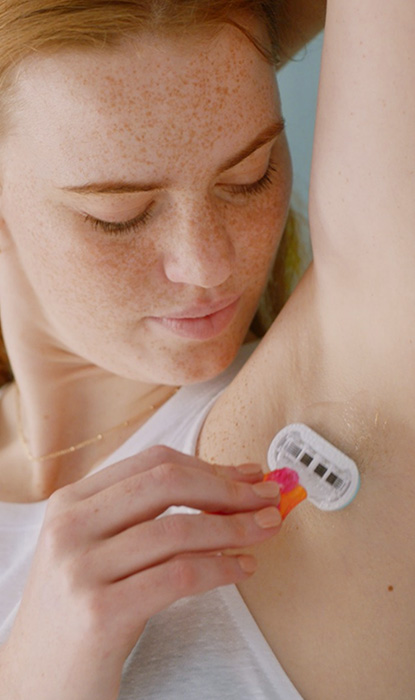
Using a new, sharp razor blade causes more scratches and cuts than a dull blade.
A dull razor blade can actually causes more nicks, cuts and skin irritation than a new, sharp blade. Dull blades can pull at your body hair and feel rough when gliding across your skin, which can result in more irritation post-shave. Sharp razors move more smoothly across the skin, and a light touch on the razor is all you need to get the job done. Using a sharp razor also leads to a better and quicker shave, whereas a dull razor might require a few passes over the same area to effectively cut the hairs at the surface, increasing the chances of irritating your skin. If you think your razor blade is dull, it’s time to replace it.
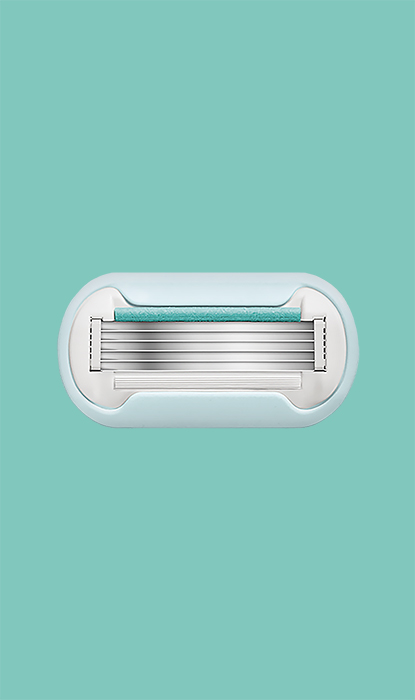
Pressing hard on a razor will give you a closer shave.
Applying too much pressure to your razor blade increases chances of nicks and cuts. As long as your razor blade is sharp, press lightly on the handle and let the blade do the work for you.
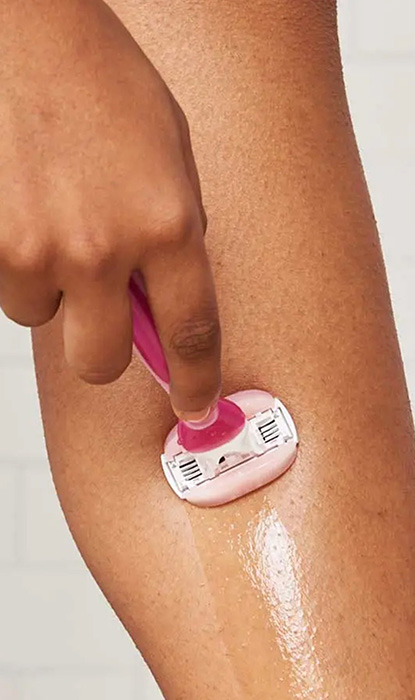
Shaving over the same area more than once will result in a closer shave.
Shaving over the same spot multiple times could irritate your skin. If the first pass of a razor doesn’t give you a close enough shave, reapply shaving gel and gently re-shave over the area. If you’re still having trouble achieving a clean shave, it may be time to change your razor blade or to try one with more blades.

Shaving will make your tan fade faster.
You will not shave off your tan. Regular shaving can actually enhance your tan by helping to remove any flaky, dead skin.
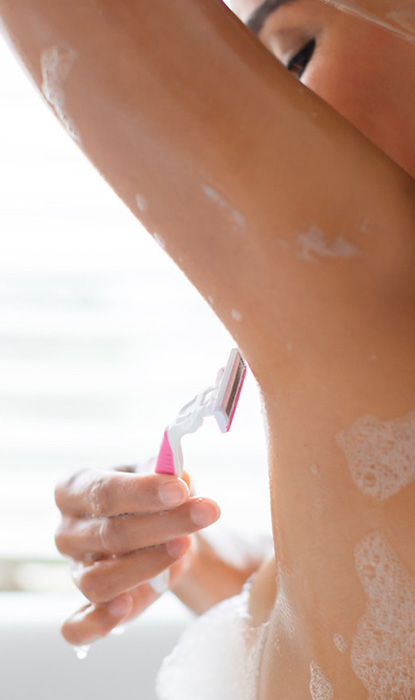
It is OK to borrow someone else’s razor.
You should never share razors for design and sanitary reasons. Using someone else’s razor blade can cause infections if you get nicked or cut. What’s more, razors are designed differently for men and women; razors for men are typically crafted with just facial hair in mind, whereas women’s razors are designed specifically to shave larger and curvier areas, such as your legs. Learn more about why you shouldn’t share razors.
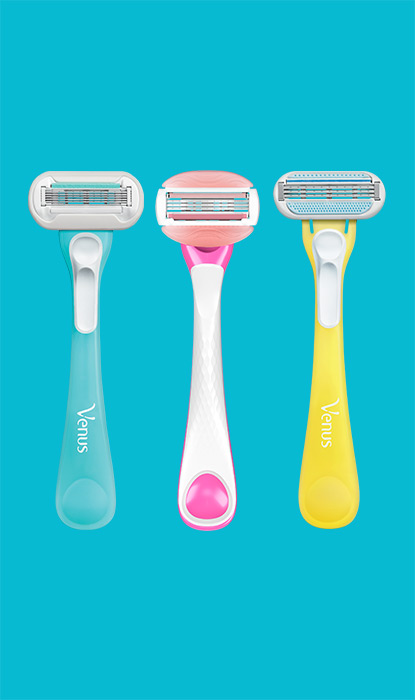
Using shaving cream isn’t always necessary; soap and water work just as well.
Shaving gels preserve moisture and help protect skin from irritation. Shaving with just soap will dry out your skin and increase chances of irritation. Find out how to choose the best shaving creams and gels.
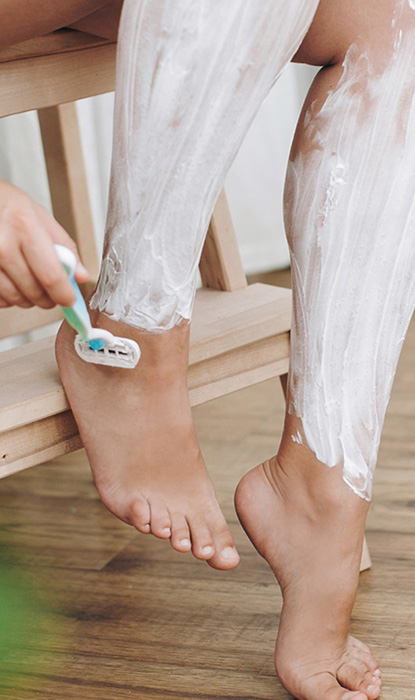
It is OK to shave without water if you’re in a hurry.
Shaving dry skin can cause razor burn, ingrown hairs and skin irritation. Soaking the area you plan to shave for three to five minutes softens hair follicles and helps the razor glide across your skin.
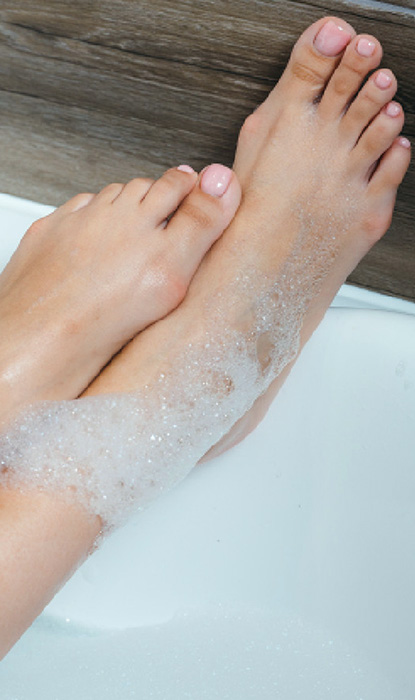
Waxing doesn’t cause ingrown hairs, only shaving does.
Waxing and shaving both can cause ingrown hairs. To help protect your skin from razor bumps while shaving, exfoliate first to remove dead skin and learn how to shave properly. Read more about ingrown hairs and how to prevent them.
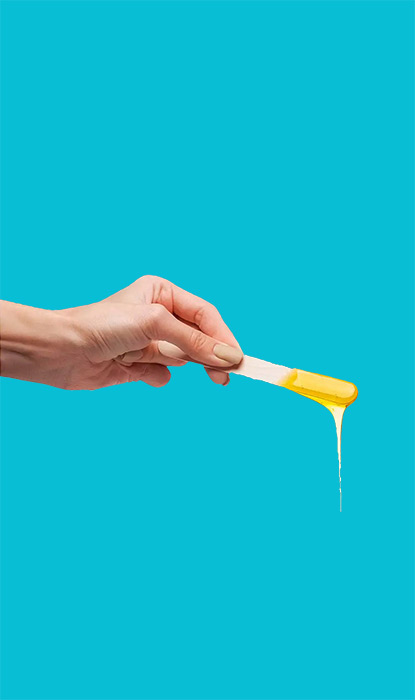
Shaving sensitive areas, like your bikini line, is too tricky to do by yourself.
You can shave sensitive areas like your bikini line from the comfort of your home by following the right steps and by using the right shaving tools.
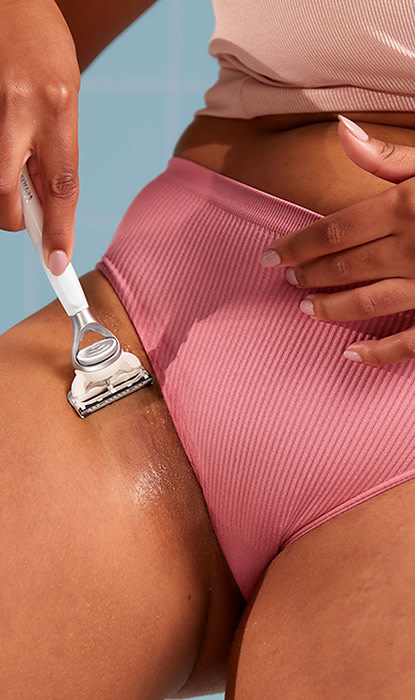
Shaving every day is bad for your skin.
How you shave is more important than how often you shave. You can shave every day, if preferred, as long as you do it correctly to safeguard your skin from irritation.
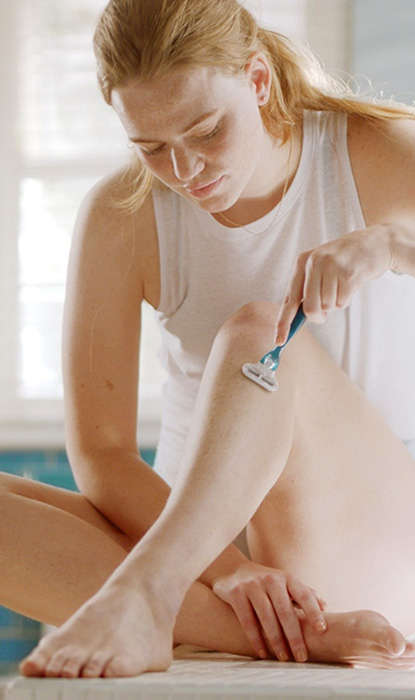
You should shave the day before, not the day of an event.
Allowing skin time to recoup after shaving minimizes chances of irritation, especially for sensitive areas like underarms. However, you can shave the day of an event by following the appropriate shaving steps.

Shaving leaves skin dry and flaky.
A sharp razor blade can shave off dry and flaky skin cells along with cut body hairs. So, shaving properly actually helps you maintain healthier skin. Make sure to also apply a moisturizing lotion or oil after you shave to help keep your skin hydrated.

You shouldn’t shave during winter.
Choosing to shave or not to shave in winter is a personal preference. With that said, shaving can remove layers of dead skin and reduce friction from body hair rubbing against clothes, which help prevent chafing and agitating dry skin caused by the harsh winter weather.
